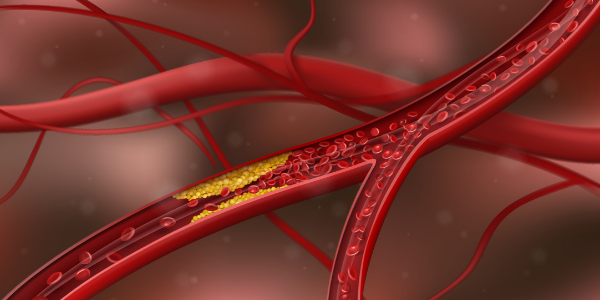Keeping your cholesterol levels healthy can be tricky, but there are many different things you can do to achieve this goal.
Cholesterol: What is it?
Cholesterol is a fat-like substance in your body that is vital to making hormones and vitamin D, as well as helping you digest foods. We commonly hear of “good” and “bad” cholesterol. Good cholesterol is HDL, high-density lipoprotein. Bad cholesterol is LDL, low-density lipoprotein and VLDL, very-low-density lipoproteins. Measured in milligrams per deciliter, total cholesterol should be below 200, HDL above 40 and LDL below 100. VLDL is not possible to measure directly so it’s usually ignored in favor of focusing on LDL and triglycerides.
How to Improve Your Cholesterol Levels
The good news is that there are multiple ways you can lower your LDL and raise your HDL. These factors also contribute to greater health all around! You can choose one or two approaches to start with and see how it goes from there. Every change you make can make a difference in your overall cholesterol levels. The main ways to do this are quitting smoking, watching your food and alcohol intake and exercising or losing weight.
 Quit Smoking
Quit Smoking
According to the Mayo Clinic, quitting smoking quickly improves your HDL levels. Within only 20 minutes, your blood pressure and heart rate recover from the cigarette spike. In a year, your risk of heart disease is half what it was when you smoked. Call your local health department now to find out about free help you can get with quitting smoking. There are programs to help you.
Food and Alcohol
Food is a good place to start to reduce your LDL. You have many options in this category that you can fit into your lifestyle and preferences. One of the top ways is reducing saturated fats and having no trans fats in your diet. Focus on healthy fats, such as fish, nuts and vegetable oils. Look for whole-grain foods, eat more fruits and vegetables and use fat-free milk instead of whole milk, applying the same principle to all dairy as well.
In addition to dietary changes, reducing alcohol consumption is key. Consult with your doctor first, but in general this means that women can have up to one drink a day. Men over 65 can have up to one drink a day while men under 65 can have up to two. Watching those drinks can have a positive effect on both your weight and your cholesterol levels.
Exercise
With your doctor’s permission, you should work your way up to 30 minutes of moderate exercise five times a week or vigorous exercise for 20 minutes three times a week. Examples of moderate exercise include a brisk walk or riding your bike. Vigorous aerobic exercise is a more intense exercise like running or a more fast-paced workout video. Find the exercise that you enjoy and can do: If you dislike at-home videos, try swimming at your local gym or YMCA. If you’re afraid of the water and prefer being outdoors, try jogging. If you’re a team person, join a sports league with other adults your age. There is no end to ways to get moving. You may even end up enjoying it!
Conclusion
You can make changes to your cholesterol levels at home and at the gym. You can take control of your own health. As always, consult your doctor to make sure this advice fits your specific health situation. Lifestyle changes aren’t always enough to lower your levels completely, but even in that case, the lifestyle changes can help keep your medicine doses lower. A healthier cholesterol level is within your grasp. Do it yourself by watching your food, alcohol, exercise levels, smoking status and weight!

 Quit Smoking
Quit Smoking



